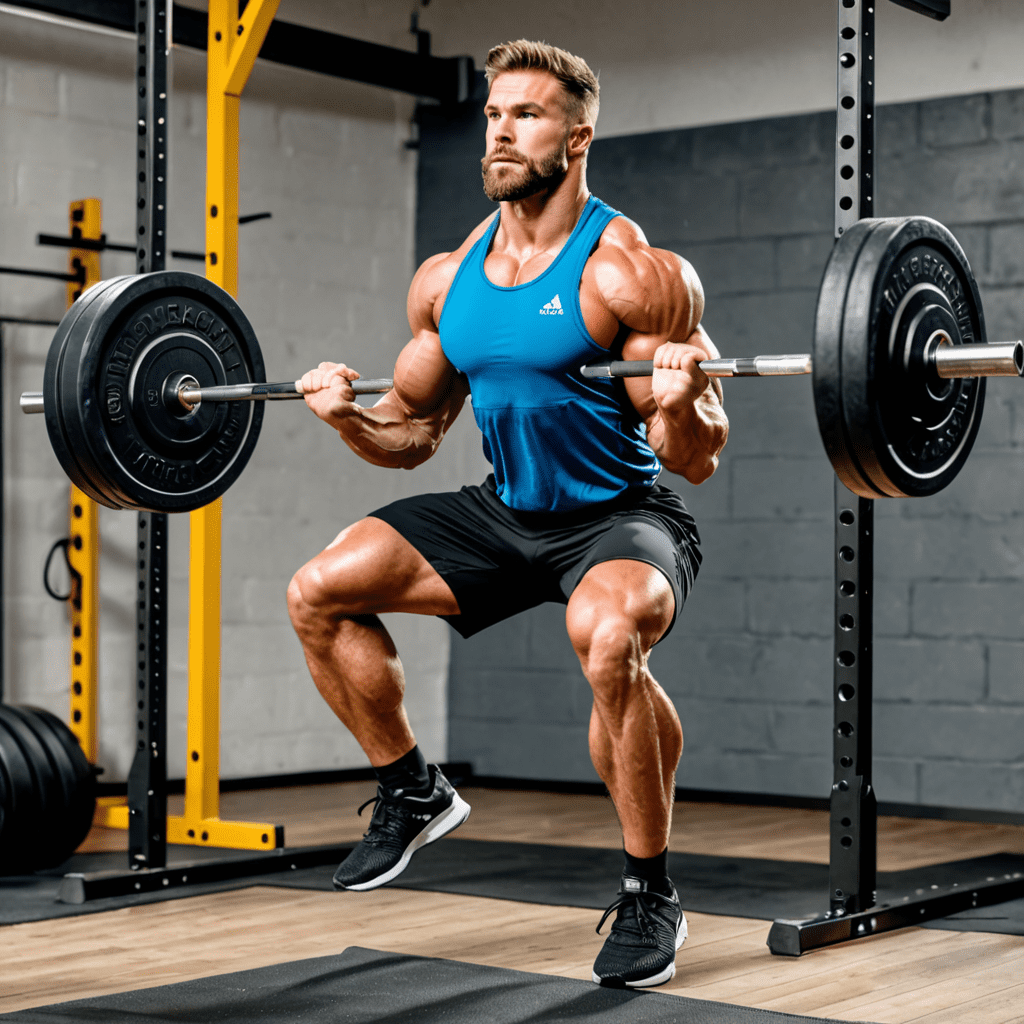
Mastering the Technique for a Powerful Squat Jump with Stabilization
When performing a squat jump with stabilization, there are several key technique considerations to keep in mind to maximize effectiveness and reduce the risk of injury. This explosive exercise requires proper form and control to reap its full benefits. Let’s explore the essential technique considerations for mastering the squat jump with stabilization.
Understanding the Basics of the Squat Jump
Before delving into the specific technique considerations, it’s important to understand the foundational aspects of the squat jump. This plyometric exercise involves quickly descending into a squat position and then explosively jumping into the air while maintaining stability upon landing. It targets various muscle groups, including the quadriceps, hamstrings, glutes, and calves, making it an excellent addition to any lower body workout.
Proper Alignment and Posture
One of the crucial technique considerations during the squat jump with stabilization is maintaining proper alignment and posture throughout the movement. This involves keeping the back straight, chest lifted, and shoulders pulled back during both the descent and ascent phases of the exercise. Additionally, the knees should be aligned with the toes, and the feet should be shoulder-width apart to ensure stability and minimize the risk of injury.
Controlled Descent and Explosive Ascent
The execution of the squat jump demands a controlled descent into the squat position followed by an explosive ascent into the jump. It’s essential to control the movement on the way down, ensuring that the knees do not collapse inward and tracking over the toes. As you propel upward into the jump, focus on generating maximum power from the lower body, engaging the glutes and quadriceps to achieve height and drive.
Balance and Stabilization upon Landing
Stabilization is pivotal in the squat jump, especially upon landing after the explosive jump. Upon landing, it’s crucial to absorb the impact by bending the knees and hips to soften the landing. The feet should make solid contact with the ground, and the body should remain stable and balanced throughout the landing phase. Training to maintain stability upon landing is essential for injury prevention and optimizing performance.
Breathing Technique and Tempo
Another critical consideration during the squat jump with stabilization is the incorporation of proper breathing technique and tempo. It’s important to synchronize breathing with the movement, exhaling during the explosive phase of the jump and inhaling upon landing. Maintaining a consistent tempo helps to enhance coordination and control, ensuring a smooth and efficient execution of the exercise.
FAQ
Q: Why is proper technique important in the squat jump with stabilization?
A: Proper technique not only maximizes the effectiveness of the exercise by targeting the intended muscle groups but also reduces the risk of injury. It allows for optimal power generation and stability, leading to improved performance and long-term progress in strength and explosiveness.


